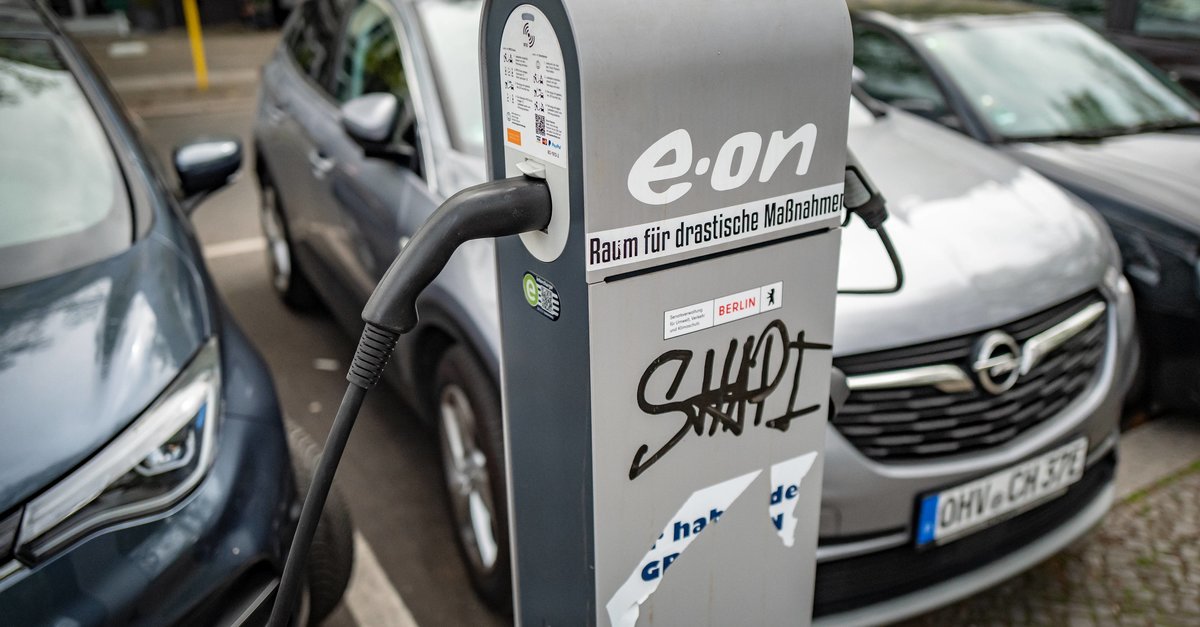Digital twins allow the next generation of urban planning
In order to be better equipped against climate change and for immigration in the big cities, a lot has to happen in the next few decades. The city of tomorrow should be planted, give priority to public transport and bicycles and have solar panels on (almost) every house roof. That sounds good on paper, but how can you optimally plan new residential areas and city districts?
There is now a solution for this: the digital twin. This is a virtual doppelganger of the city that shows buildings, infrastructure and other public areas true to scale. The potential is great, some estimate savings of up to $ 280 billion for cities, while sustainability and quality of life should be improved at the same time.
But why does the digital doppelganger bring such great savings? This is because, for example, the expansion of cell phone masts can be better planned. Up to now a mast has been planned, built and then tested, often only then do defects come to light. With the digital doppelganger, it is possible to measure in advance how radio beams spread based on the environment and where the perfect location is.
But the potential is far from being exhausted here. Solar systems can be planned in such a way that they deliver the best output at any time of the day; traffic data can be used to predict which speed limit should be on which streets and which intersections could be hotspots.
In times of climate change, the digital twin has another advantage. In the case of heavy rain, it is possible to simulate how a flood could develop and in this way precautions can be taken for such cases. The first cities to use the new methodology are New York and Las Vegas, other metropolises could hopefully (soon) follow suit.
Own opinion:
We now have so much computing power at our disposal that disasters can be predicted and cities can be planned in the light of climate change. Then why shouldn’t we use them? What used to require a lot of trial and error can now be optimally planned using a simulation. It is to be hoped that we too will recognize the potential and soon sink less tax money into crazy projects that hardly offer any added value.
Via TNW



